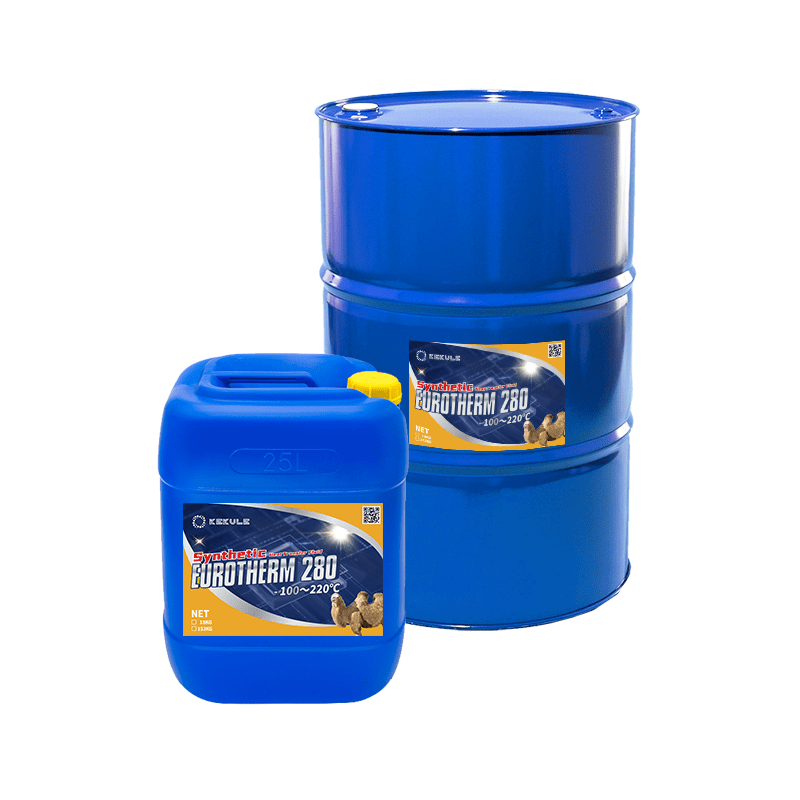The Definitive Guide for Chemie
The Definitive Guide for Chemie
Blog Article
Chemie for Dummies
Table of ContentsThings about ChemieAn Unbiased View of ChemieSome Known Questions About Chemie.Chemie Can Be Fun For Everyone9 Easy Facts About Chemie DescribedFascination About Chemie
(https://chemie999.wordpress.com/2025/01/10/discover-chemies-innovative-heat-transfer-solutions/)Measured adjustment in electric conductivity of fluid samples as a function of time when mixed with the resin example in the shut indirect air conditioning loop experiment. Number 6 shows the change in the determined electric conductivity of the fluid examples when stirred with the material example. The conductivity of the water example from the closed loophole experiment decreased by around 70% from 11.77 S/cm to 3.32 S/cm in 6 hours.These results indicated that the ability of the material depends upon the examination liquid made use of for the experiment. This reveals that various ions present in the liquid will cause different ion exchange ability of the fluid. As a result, determining the ion exchange resin capacity with the fluid sample from the actual cooling loophole is very important.
The smart Trick of Chemie That Nobody is Talking About
An ion exchange material cartridge including 20g of Dowex blended bed material might take on order 938 days to saturate - dielectric coolant. To put it simply, to keep a reduced electrical conductivity, a material cartridge with the measurement and weight specification as that of the resin cartridge utilized in the experiment, require to be changed every 30 months for the cooling system that was used in the experiment
The air conditioning of digital parts has become a significant obstacle in current times due to the improvements in the style of faster and smaller sized components. The use of a fluid coolant has actually ended up being eye-catching due to the greater warm transfer coefficient achieved as contrasted to air-cooling.
See This Report about Chemie
A solitary phase air conditioning loop is composed of a pump, a warmth exchanger (chilly plate/mini- or micro-channels), and a warmth sink (radiator with a fan or a liquid-to-liquid warm exchanger with chilled water cooling). The heat resource in the electronic devices system is connected to the heat exchanger.
The needs may differ depending upon the type of application. Adhering to is a list of some general needs: Great thermo-physical residential properties (high thermal conductivity and certain warm; reduced viscosity; high hidden warmth of evaporation for two-phase application) Low cold factor and burst factor (occasionally burst protection at -40 C or reduced is needed for shipping and/or storage objectives) High atmospheric boiling point (or reduced vapor stress at the operating temperature level) for single stage system; a slim desired boiling factor for a two-phase system Great chemical and thermal security for the life of the electronic devices system High flash point and auto-ignition temperature (occasionally non-combustibility is a demand) Non-corrosive to products of building (steels along with polymers and other non-metals) No or very little regulative restraints (eco-friendly, harmless, and possibly naturally degradable) Cost-effective The best electronic devices coolant is a low-cost and safe fluid with excellent thermo-physical residential properties and a lengthy solution life.
The smart Trick of Chemie That Nobody is Discussing
The majority of these fluids have a non-discernible smell and are safe in instance of call with skin or intake. As mentioned in the past, aliphatic PAO-based fluids have changed the silicate-ester liquids in a variety of military electronics (and avionics) cooling down applications in the last years. Another course of preferred coolant chemistry is dimethyl- and methyl phenyl-poly (siloxane) or frequently called silicone oil.
Fluorinated compounds such as perfluorocarbons (i.e., FC-72, FC-77) hydrofluoroethers (HFE) and perfluorocarbon ethers (PFE) have particular unique residential or commercial properties and can be used touching the electronic devices [4, 8] Of all, these fluids are non-combustible and safe. Some fluorinated substances have no ozone depleting potential and various other environmental residential or commercial properties.
This coolant is categorized as harmful and must be managed and disposed of with treatment. The quality of water used for the prep work of a glycol remedy is extremely vital for the system.
8 Simple Techniques For Chemie

This is a low cost antifreeze service, locating usage in refrigeration solutions and ground source warmth pumps - silicone fluid. This liquid can be utilized down to -40 C owing to its relatively high price of heat transfer in this temperature array.
It is considered more dangerous than ethylene glycol and consequently has discovered use only for process applications located outdoors. Methanol is a flammable fluid and, as such, presents a prospective fire risk where it is saved, handled, or utilized. This is a liquid option of denatured grain alcohol. Its primary advantage is that it is safe.
The Chemie Diaries
As a combustible fluid, it requires specific safety measures for handling and storage space. Aqueous solutions of calcium chloride find large usage as circulating coolants in food plants. It is Read Full Report non-flammable, non-toxic and thermally much more effective than the glycol remedies. A 29% (by wt.) calcium chloride service has a cold factor below -40 C.

Report this page